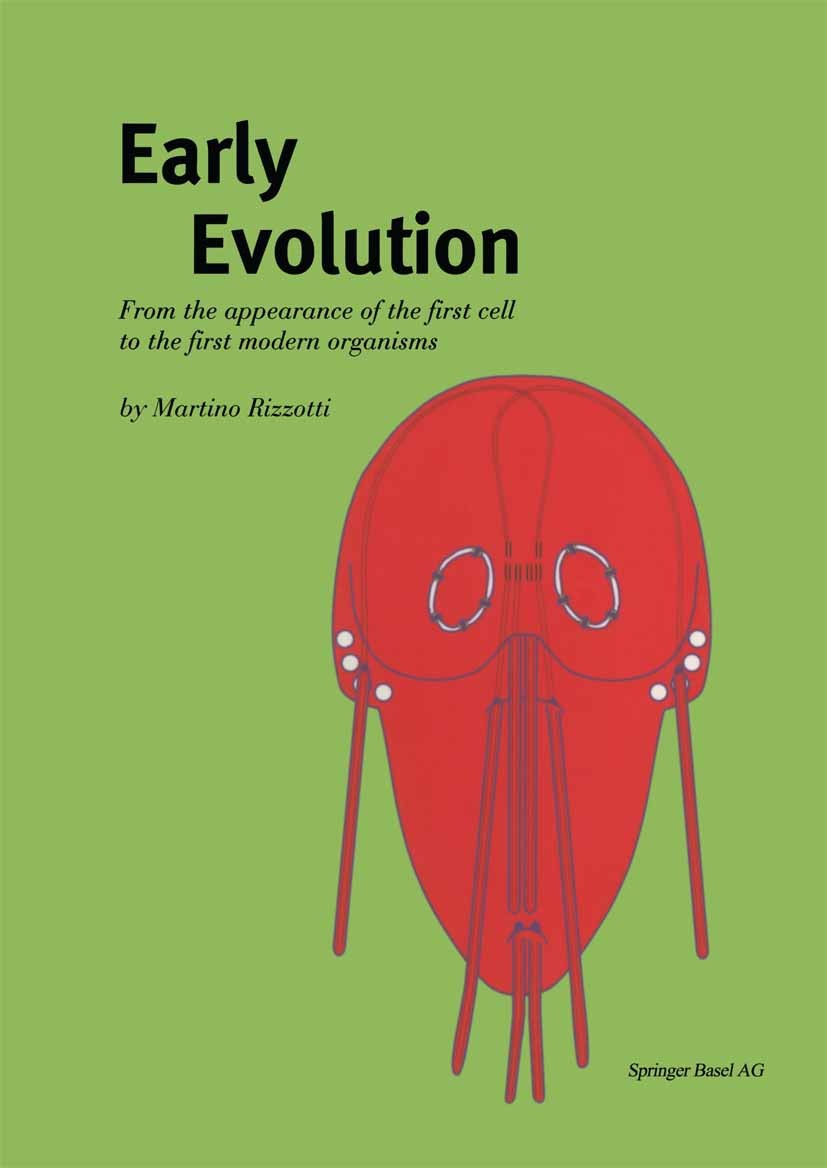| 书目名称 | Early Evolution | | 副标题 | From the appearance | | 编辑 | Martino Rizzotti | | 视频video | http://file.papertrans.cn/301/300717/300717.mp4 | | 概述 | DEALS WITH THE NEGLECTED PART OF BIOLOGICAL EVOLUTION WHICH RANGES FROM THE ORIGIN OF THE FIRST CELL TO THE FIRST MODERN CELLS AND ORGANISMS GIVES A CLEAR IDEA ON THE WHOLE COURSE OF BIOLOGICAL EVOLUT | | 图书封面 |  | | 描述 | It is now accepted that the first cells derived from simpler "objects", and that their descendants became more and more complicated and ordered until their evolutionary transformation into modern cells, namely, cells endowed with the same basic structures and mechanisms as those existing today. Although the appearance of the first modern cells goes back at least two billion years, many scholars believe that it occurred almost four billion years ago. In that case, the Earth‘s formation, which took place quite quickly about 4. 6 billion years ago, is in close proximity to the originoflife. There is disagreement not only about the moment ofappearance ofmodern cells, but also as to their early evolution. Ideas on the first steps in cellular evolution vary considerably, and our present knowledge is so limited as to be little more than vacuous. Why discuss it then? Precisely because it is an empty space that needs to be filled! Does it make sense only to discuss things which are well-known and well documented? Is this the best way to interpret that spirit of exploration of the unknown which is at the very heartofscientific endeavor? The idea that it is idle to venture into fields which | | 出版日期 | Book 2000 | | 关键词 | Biologie; Evolution; Adaptation; bacteria; biology; evolution; gene transfer; membrane; mitochondria; prokary | | 版次 | 1 | | doi | https://doi.org/10.1007/978-3-0348-8668-0 | | isbn_softcover | 978-3-7643-6191-4 | | isbn_ebook | 978-3-0348-8668-0 | | copyright | Springer Basel AG 2000 |
The information of publication is updating

|
|
 |Archiver|手机版|小黑屋|
派博传思国际
( 京公网安备110108008328)
GMT+8, 2025-11-12 21:31
|Archiver|手机版|小黑屋|
派博传思国际
( 京公网安备110108008328)
GMT+8, 2025-11-12 21:31


